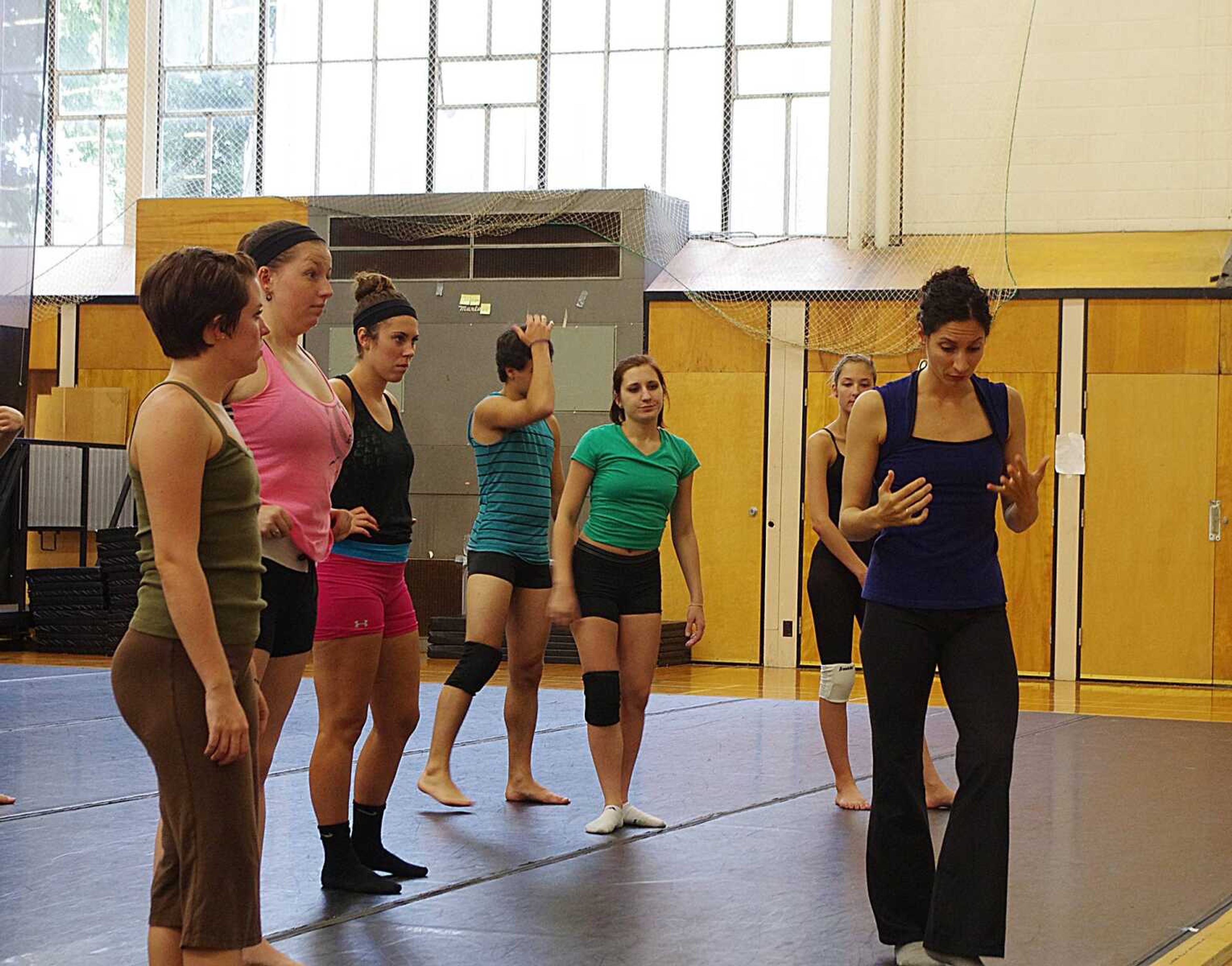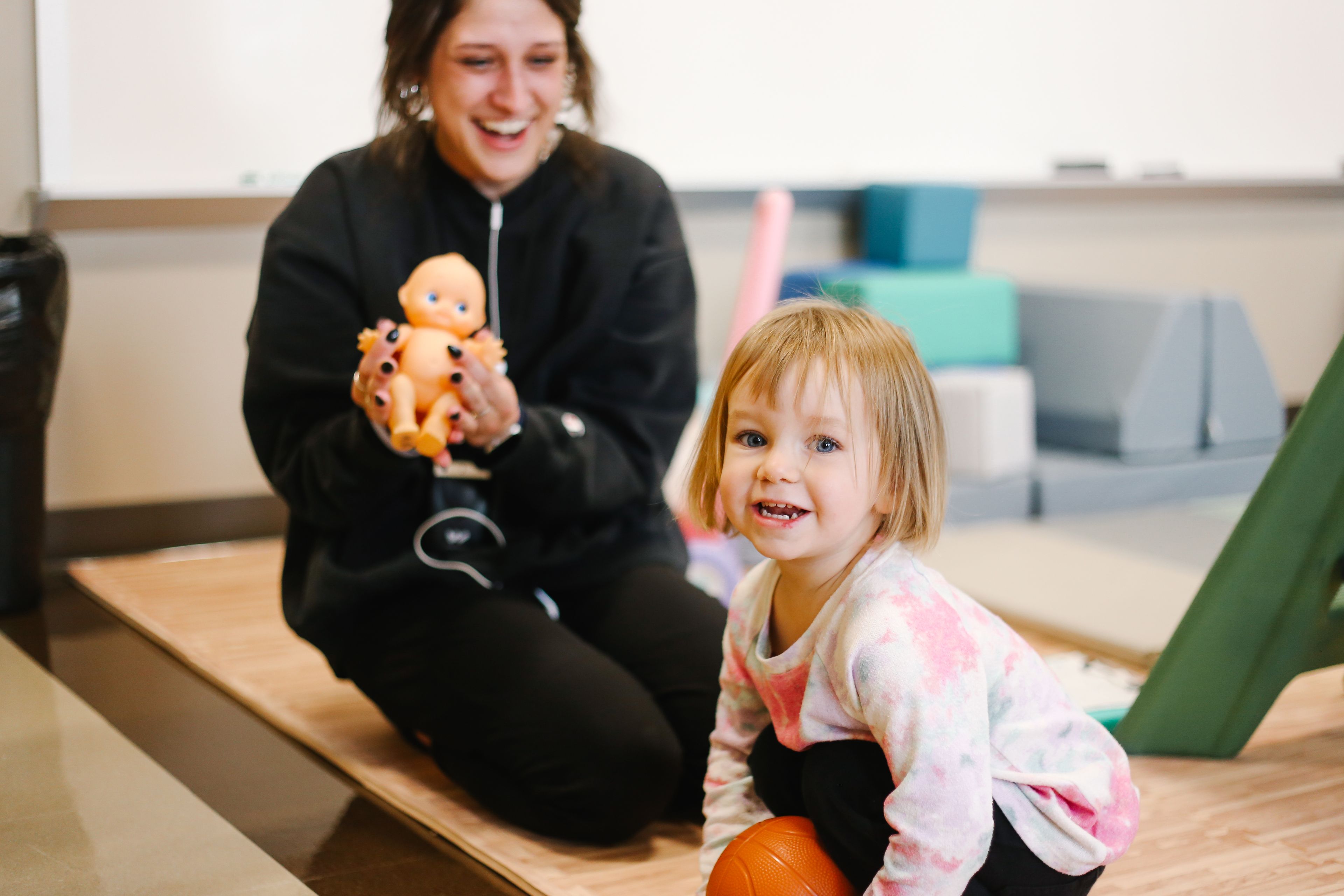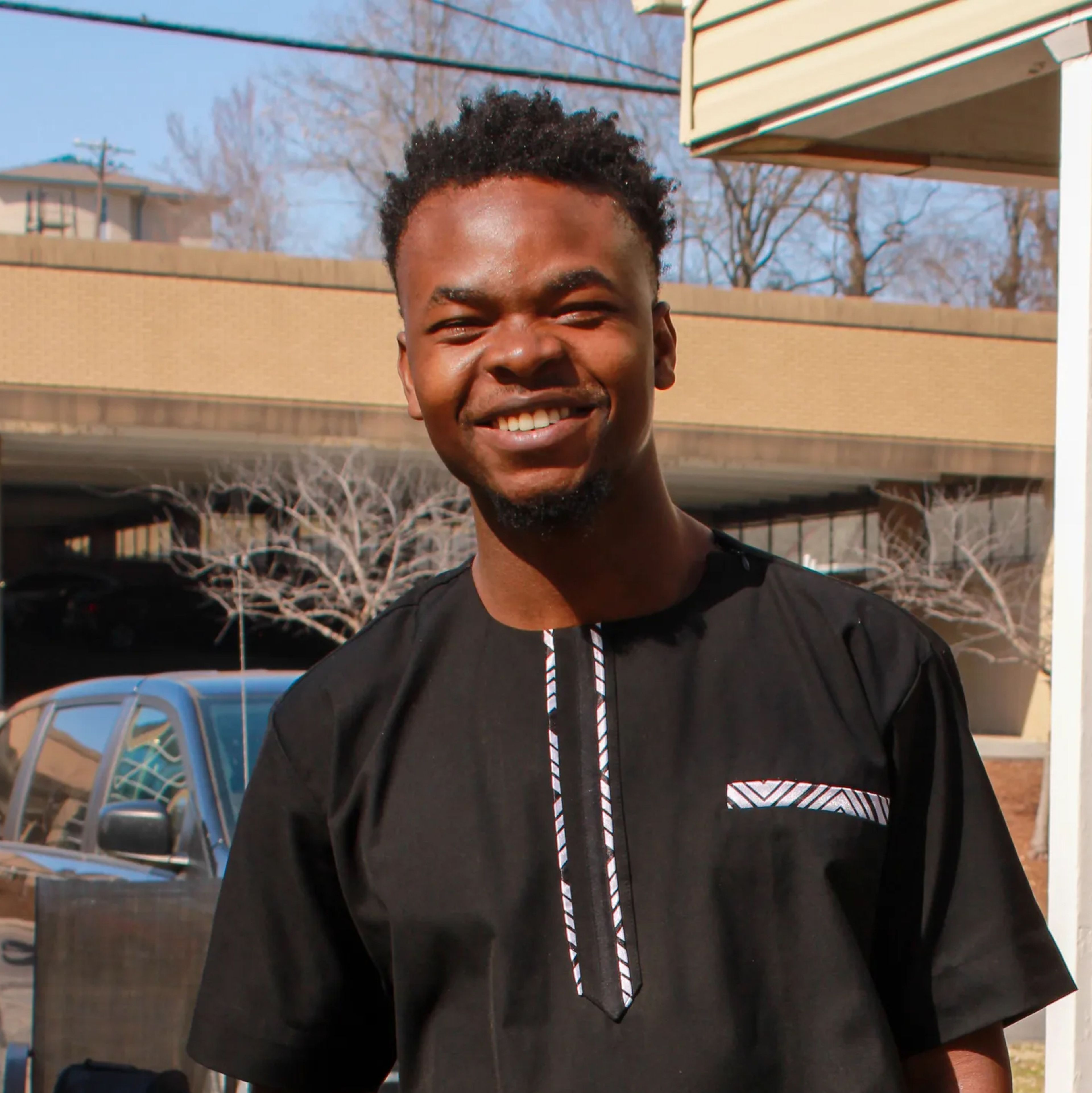Guest instructor introduces new dance technique with students
Dancer and choreographer Brenna Monroe-Cook visited Southeast Missouri State University from Aug. 25 to Sept. 1 to work with dance students on a new technique.
Dancer and choreographer Brenna Monroe-Cook visited Southeast Missouri State University from Aug. 25 to Sept. 1 to work with dance students and dance instructor Philip Edgecombe.
Monroe-Cook and Edgecombe worked to reconstruct the piece "Psalm," which was originally choreographed by American-Mexican choreographer José Limón in 1967.
LimĂłn was a pioneer in the modern dance and choreography fields, and "Psalm" was the first piece that Monroe-Cook learned. It is a piece that she has been teaching and dancing for a long time.
"It set up a love for historical work and way of moving, that's why it feels such home to me and is integrated to the way I move," Monroe-Cook said.
Monroe-Cook began her dance training at the Academy of Movement and Music at the age of 3 and received her Bachelor of Fine Arts degree from The Juilliard School in 2008. She lives in Seattle and is a full-time teacher at University of Washington.
Monroe-Cook joined the LimĂłn Dance Company in 2002 and toured internationally for several years, performing and teaching the work of LimĂłn.
"LimĂłn and his work focused a lot in bringing a sense of humanity and the real expression of the human spirits and not only the positive parts about that but often the struggles of it and our ability to overcome things that are a struggle," Monroe-Cook said. "I think some of that is represented in the falling and rising. There's this force that pulls us down, which physically is gravity and emotionally is sometimes just the up and flow of life that we have these moments of trying. But that there's this desire for us to be up, that we want to push against the force of gravity or we want to pull against these forces that pulls us down so that we can overcome those things."
Monroe-Cook teaches the LimĂłn technique and stages his reconstructed choreographies for companies and schools nationwide, including Southeast, where she helped students reconstruct "Psalm" for the upcoming event Fall for Dance 2012.
Although the LimĂłn technique is not taught at Southeast, Edgecombe took an intensive course while studying for his master's degree at the University of Arizona and said LimĂłn's work affects what he teaches.
"He is one of the greatest American choreographers," Edgecombe said.
Auditions took place on Aug. 25 to cast dancers for the piece. Monroe-Cook hand-picked the students to perform, which she said enabled her to create a cohesive group with different types of dancers and body types. After the three-hour auditions, students began learning the piece and LimĂłn's technique.
Sophomore Emily Brand, a dancer in "Psalm," said that when she went to the tryouts, she tried to adapt to what Monroe-Cook was looking for and did her best to learn it quickly and perform it well.
The week following the casting for the piece was intensive for the cast. According to senior dance major Danielle Albertina, the dancers rehearsed the 12-minute piece for four hours every day, and the final rehearsal day with the choreographer lasted nine hours. Following that first week, students have been rehearsing with Edgecombe three hours a week.
"They have worked so unbelievably hard," Monroe-Cook said.
"All of us felt our muscles knotting up in our legs and shoulders because of the hard work we were putting into the piece," Brand said.
Albertina said Monroe-Cook used descriptive analogies that combine dance with everyday activities, which helped her make connections with her body and know how to move. She also said the piece is mentally challenging because there are so many different counts. Pieces typically use eight-counts, but this piece has 10-counts, six-counts, five-counts and four-counts in different sequencing.
Senior dance major Chance Hill said that "Psalm" is extremely difficult to perform. He said the LimĂłn technique is intricate, and the upper body is always doing something that is completely opposite to the lower body.
"There's a sense of play with gravity that allows rising and falling, opposition of poles in different directions, beautiful articulation of torso and body," Monroe-Cook said. "Those are principles that have become the way I move, regardless of the technique I'm doing."
Monroe-Cook said after her departure students would have to work on retaining the things they talked about during rehearsals. Edgecombe took notes and gathered information about the specifics of the movement so that they can continue to polish the piece. Monroe-Cook said that what students need to work on the most is to develop their sense of ownership and comfort with the material.
"This piece, and Brenna, has taught me to keep pushing dance," Hill said. "What I mean by that is, do not replicate such a historical piece, but immerse yourself in it, and allow it to be appropriate for what is now."
Fall for Dance 2012 will be Hill's last main stage show at Southeast.
"I am so honored to be a part of the LimĂłn work," Hill said. "It really is a great way to cap off my undergraduate degree. I cannot wait to share with the world the fantastic energy and spirit of such an amazing piece. I also can say that I am a part of history. There are so many dancers who have danced this piece, and now I get to say that I have."
Hill said that he cannot stress how vital guest artists are and that he wished students had guest artists all the time.
"Having more guest choreographers come to SEMO would be amazing," Brand said. "The experience is great, and to have the chance to work with different choreographers is something that helps the dancer become even better."






